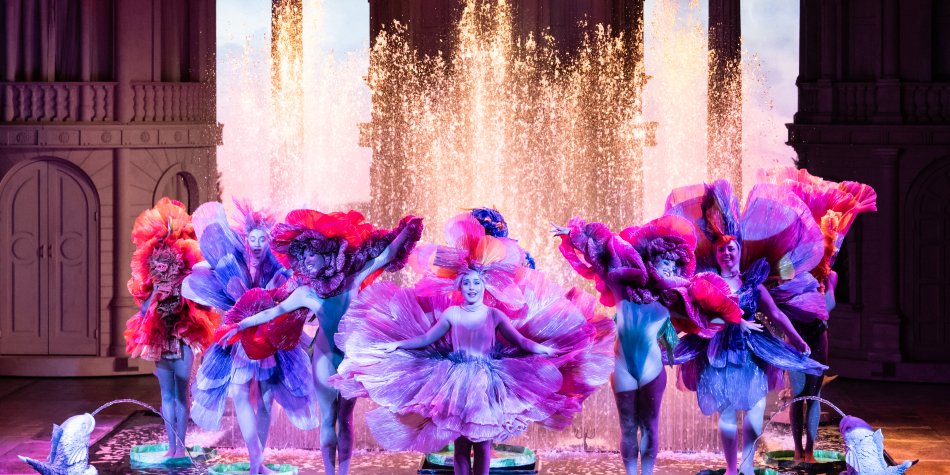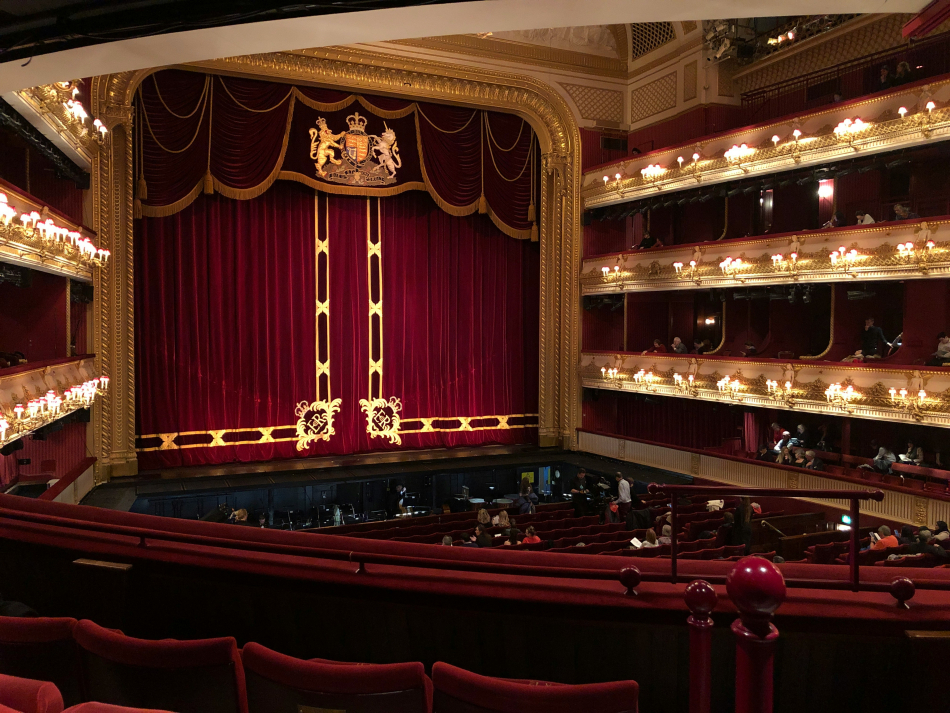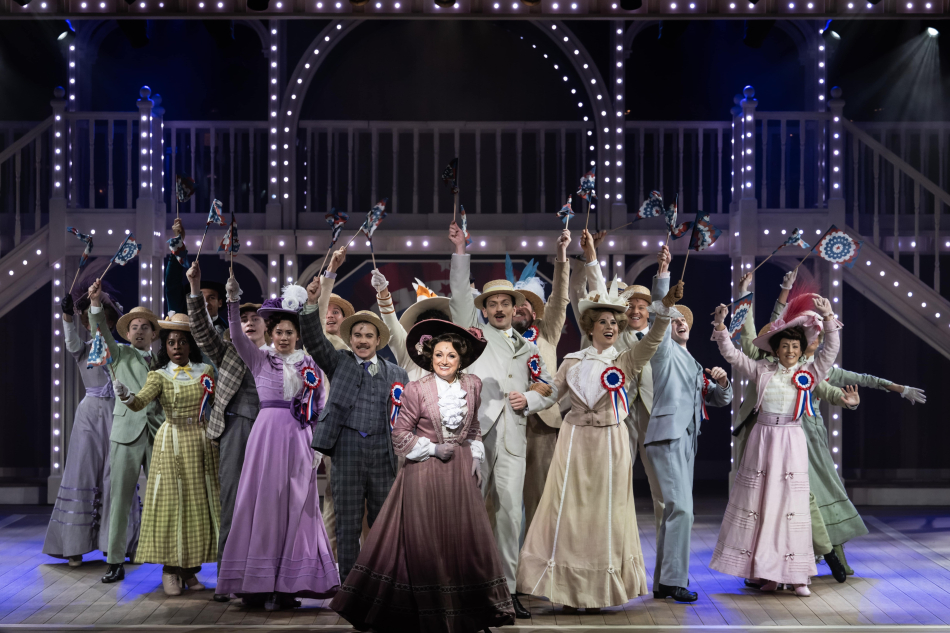
A Simple Guide to the History of Musical Theatre
Explore the history of musical theatre, from its ancient roots to Broadway's golden age and modern innovations. Discover how this art form continues to evolve!
Musical theatre, an art form that blends music, dance, and drama, has captivated audiences for generations. From vaudeville acts to Broadway blockbusters, musicals have entertained while reflecting the sociocultural shifts of each era.
Let’s dive into the fascinating history of musical theatre and explore how this beloved genre has evolved over time!
The Origins of Musical Theatre
The history of musical theatre traces its roots back to various theatrical traditions, where music and dialogue intertwined to create dynamic storytelling. From ancient performances to Broadway’s greatest hits, this genre has continuously evolved through diverse influences.
Before we explore its key developments in detail, here’s a brief overview of its timeline:
| Period | Major Influences |
| Antiquity | Greek and Roman theatre |
| Renaissance | Court performances, early sung plays |
| 19th Century | Opera, operetta, and vaudeville |
| 1920s-1950s | The Golden Age of Broadway and West End |
| 1960s-1980s | Rock revolution and large-scale productions |
| Since the 2000s | Globalization of the genre, new technologies |
Now, let’s take a closer look at each of these key periods!
From Ancient Roots to Renaissance Performances
The origins of modern musical theatre can be traced back to Ancient Greece, where theatre performances featured the use of music through choruses that narrated the action and heightened emotional depth. Later, during the Middle Ages and the Renaissance, court performances began incorporating singing and dancing, laying the foundation for what would become musical theatre as we know it today.
These early productions introduced a new form of storytelling, where characters conveyed emotions through music and movement. Over time, musical theatre evolved to reflect the trends of the time, adapting its themes, structure, and staging to meet the expectations of diverse audiences, ultimately shaping the dynamic and immersive productions we see today.
The Influence of Opera and Operetta in the 19th Century
The rise of opera and operetta in the 19th century was a turning point in the history of musical theatre. Influential composers, including Oscar Hammerstein II, helped revolutionize storytelling by integrating songs that advanced the plot, shaping the foundation of modern musicals.
At the same time, the French theatre scene saw the emergence of works influenced by opera and dance, where music became a central element of dramatic action. Genres such as comic opera and ballad opera played a key role in bridging the gap between operatic and theatrical traditions.
Additionally, the legacy of Molière’s comédies-ballets further encouraged the fusion of theatre and music.

Over time, musical theatre developed its own artistic identity, gradually breaking away from its opera roots to establish itself as a distinct and evolving genre.
Vaudeville and Music Hall: Pioneers of the Genre
Before the rise of modern musicals, vaudeville and music hall played a crucial role in shaping the theatre landscape. These forms of entertainment combined comedy, song, and spoken dialogue, influencing the evolution of musical theatre in both the United States and Europe.
In France, these traditions paved the way for a distinct style of musical play, emphasizing elegant dialogue and stage directions over the grand operatic structures of the time. Unlike opera, these productions relied on lighthearted songs that advanced the plot, a key feature of modern musicals.
Over time, the essential elements of musical theatre took shape, blending spoken scenes with dynamic musical numbers, ultimately laying the foundation for the large-scale productions that followed.
The Golden Age of Musical Theatre
The 20th century marked the golden age of musical theatre, with lavish Broadway productions and the rise of the Hollywood musical film. This era saw the birth of unforgettable productions and legendary artists who revolutionized the world of musical theatre.
Broadway and the Rise of American Musicals
By the 1960s, Broadway had established itself as the epicenter of American musical theatre, seamlessly blending music and storytelling, where songs became essential to advancing the narrative. Influential composers such as Cole Porter, George Gershwin, and Andrew Lloyd Webber introduced innovative styles that continue to shape productions worldwide, including musicals in Paris.
With increasingly ambitious productions, Broadway and West End became the gold standard for theatrical production. Shows like West Side Story and My Fair Lady revolutionized the genre, making musical numbers and dance sequences central to the storytelling.
Over time, these masterpieces were adapted for contemporary audiences, ensuring that Broadway musical comedies and American culture remained dominant on the global stage. Whether in Broadway or West End, musical theatre continues to shine, captivating audiences around the world.
The Great Figures of Musical Theatre (Rodgers & Hammerstein, Gene Kelly, etc.)
Legends like Gene Kelly, Rodgers & Hammerstein, and Richard Cocciante have left an undeniable impact on musical theatre, shaping its evolution through innovation and storytelling. Rodgers and Hammerstein’s groundbreaking works introduced a narrative-driven approach where songs seamlessly advanced the plot, a technique that still defines the musical stage today.
Other influential figures, such as Jay Lerner and Frederick Loewe, created timeless classics like My Fair Lady, which remain cultural touchstones across generations. Their contributions, influenced by popular music and deeply rooted in American music, helped redefine the genre.
Recognized by prestigious Hollywood musical theatre awards, their legacy continues to inspire and transform musical theatre on a global scale.

Modern Musical Theatre and Its Evolution
From the 1960s onward, musical theatre underwent major transformations, incorporating new musical styles and increasingly spectacular staging. From Broadway classics to French adaptations, the genre has continuously evolved to stay relevant for modern audiences.
From the Rock Revolution to the Blockbusters of the 1980s
With the rise of rock and pop, shows like Hair and Jesus Christ Superstar broke traditional musical theatre conventions. By the 1980s, visionaries such as Andrew Lloyd Webber introduced large-scale productions that became global sensations, notably Les Misérables, which redefined theatrical musical storytelling.
Driven by the music of Claude-Michel Schönberg, this landmark production reshaped the musical landscape, reviving historical epics on stage. Its success paved the way for many ambitious musicals, blending grand orchestrations and deeply moving narratives, leaving a lasting impact on the decades to come.
The Globalization of the Genre and New Influences
Musical theatre has expanded far beyond the United States and the United Kingdom, embracing diverse influences from around the world. Productions like Notre-Dame de Paris and adaptations of popular films into French musicals have enriched and diversified the musical theatre landscape, introducing new storytelling techniques and artistic styles.
Inspired by Anglo-Saxon musical theatre traditions, these productions reinterpret narrative structures where music plays a central role in advancing the plot. The rise of talking cinema in the 20th century also contributed to the genre’s international appeal, influencing staging and performance styles.
Today, dramatic musical theatre has become a widely embraced format, blending theatrical intensity with powerful musical compositions, proving the universal reach of the genre.
Current Trends and the Future of Musical Theatre
Today, musical theatre blends new technologies with immersive storytelling, creating productions that push the boundaries of the genre. From revivals of beloved classics to bold new creations, musicals continue to evolve to meet audience expectations and thrive on stages worldwide.
Now more than ever, musical theatre is defined by a constant balance between tradition and innovation. From Broadway classics to contemporary productions, this art form continues to captivate audiences of all ages with increasingly daring performances.
Why not see it live? Théâtre du Lido invites you to experience the magic of musical theatre—where emotion, music, and spectacular performances create an unforgettable evening. Book your tickets now and immerse yourself in a show like no other!